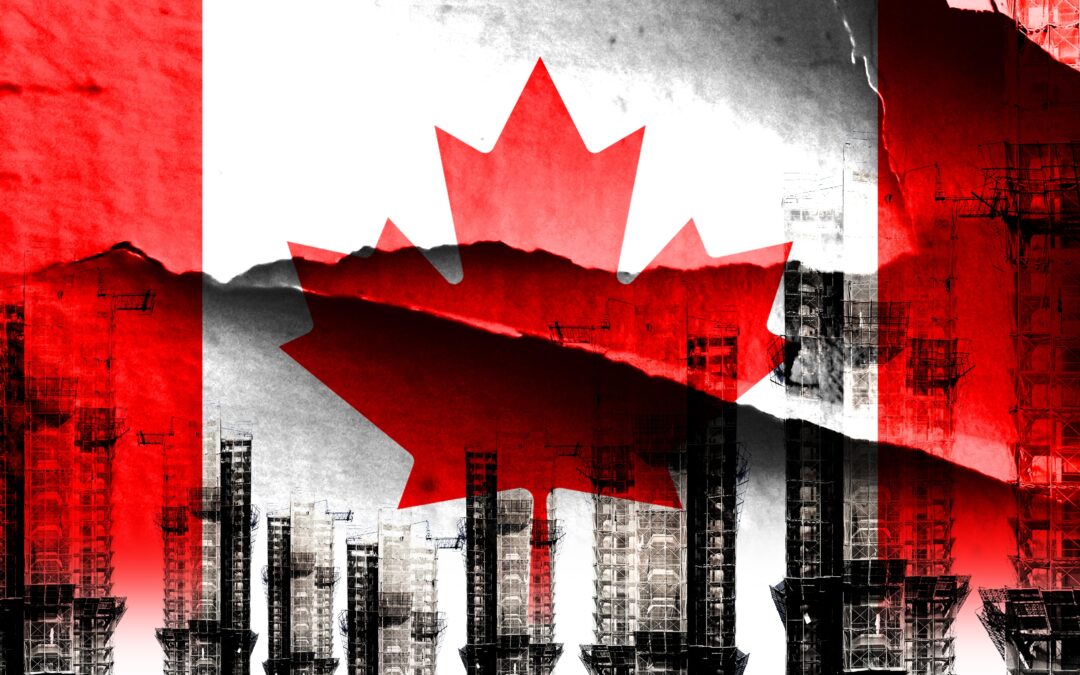The latest inflation numbers are out, and while there’s been a slight increase, the big picture remains stable and within the Bank of Canada’s target range. But what does this mean for you as a homeowner, investor, or buyer? Are interest rate cuts still expected? And what role do potential tariffs play in the overall economic outlook?
This blog will break it all down and help you understand how inflation and interest rates could impact your financial plans. By the end, you’ll have the insight you need to make informed decisions.
Inflation Ticked Up—But It’s Not a Crisis
Inflation in Canada rose slightly to 2.7% in January, up from 2.5% in December. This uptick was mainly driven by energy prices, with gas prices jumping 8.6% compared to last year. While that sounds concerning, it’s important to look at the bigger picture.
The Bank of Canada has an inflation target range of 1–3%, and the current rate is comfortably within that range. The primary driver—energy prices—is volatile by nature and doesn’t necessarily indicate broader economic issues.
Even better, some key expenses like rent and food have begun to cool down. Rent prices dipped slightly for the first time since August 2022, while food prices saw a 0.6% drop, which hasn’t happened since 2017. These trends signal that while inflation is something to watch, it’s not spiraling out of control.
Why This Matters to You
A stable inflation rate helps preserve purchasing power and ensures healthy economic growth. While rising gas prices might hurt at the pump, broader stability in rents and food prices eases financial pressure for households.
Why Interest Rate Cuts Are Still Likely
Given the moderate rise in inflation, it might seem like interest rate cuts are off the table. However, many economists still expect the Bank of Canada to lower rates before the end of 2024. Here’s why:
- Cooling Shelter Inflation
Housing costs make up a significant part of inflation calculations. With shelter inflation slowing, the Bank of Canada has less reason to keep rates high.
- An Economy Under Pressure
Signs of slowing consumer spending and a strained job market indicate the economy isn’t overheating. There’s no immediate need to use high rates to cool things down.
- Past Rate Hikes Have Worked
The Bank’s aggressive rate hikes over the past two years have already helped reduce inflation from its peak levels. Economists at institutions like CIBC predict the overnight rate could lower to 2.25% by the end of this year, as the need for restrictive monetary policy fades.
Why This Matters to You
Lower interest rates could mean relief for homeowners and buyers. Mortgage payments may drop, and borrowing conditions could improve, making it easier to refinance or make significant financial moves.
Tariffs Add a Wild Card to the Equation
One major factor adding uncertainty to the outlook? Potential tariffs.
If new tariffs are introduced—especially on Canadian exports—they could create economic disruptions. Tariffs raise prices for goods, slow down growth, and pressure businesses to find cost-saving measures. This kind of economic drag might prompt the Bank of Canada to cut rates further to stabilize growth and mitigate these challenges.
Why This Matters to You
Tariffs can indirectly impact your investments, as companies affected by higher costs may see lower profits. Tariffs’ ripple effects might also influence inflation and interest rates, so staying informed about these developments is essential for financial planning.
What This Means for You
Understanding how these economic factors interact is key for making smart financial decisions. Here’s how the potential changes in interest rates can impact you directly:
- For Homeowners
Lower rates could mean reduced monthly mortgage payments or better opportunities to refinance. If you’ve been thinking about reworking your mortgage, this could be a great time to consider your options.
- For Buyers
If you’re in the market for a home, declining interest rates could reduce borrowing costs, making homeownership more affordable.
- For Investors
Lower rates often mean a more robust housing market and opportunities for growth. Keep an eye on rate

